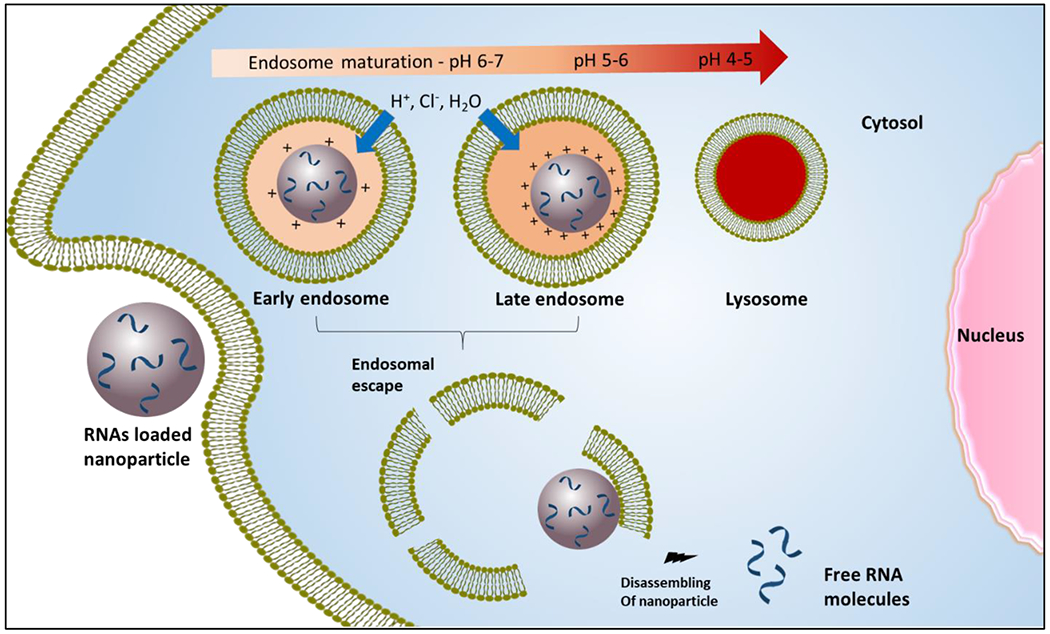Figure 1: Delivery of RNAs into the cytoplasm through endosomal escape with ionizable nanoparticles.

Once nanoparticles are taken up by the cells, charges of the nanoparticle increase as pH decrease below pKa during endosomal maturation (pH 7 to 5.5). The nanoparticles with pKa in this range are protonated due to the acceptance of protons by amine groups. The accumulation of protons with counter ions enhances the transportation of liquids from the cytosol to the endosome to counteract the osmotic pressure. The rapid ionization of nanoparticles near the pKa range creating a buffering capacity, which accounts for the proton sponge effect. The osmotic swelling, due to the buffering capacity of nanoparticles and/or membrane destabilization due to the interaction of negatively charged endosome bilayer with positively charged lipids or polymers of nanoparticle, leads to bursting of endosomes. The charges on nanoparticles decrease in the cytosol and weaken the binding interaction with RNAs. Finally, the nanoparticles are dissociated to release the RNAs to produce the desire activity.
